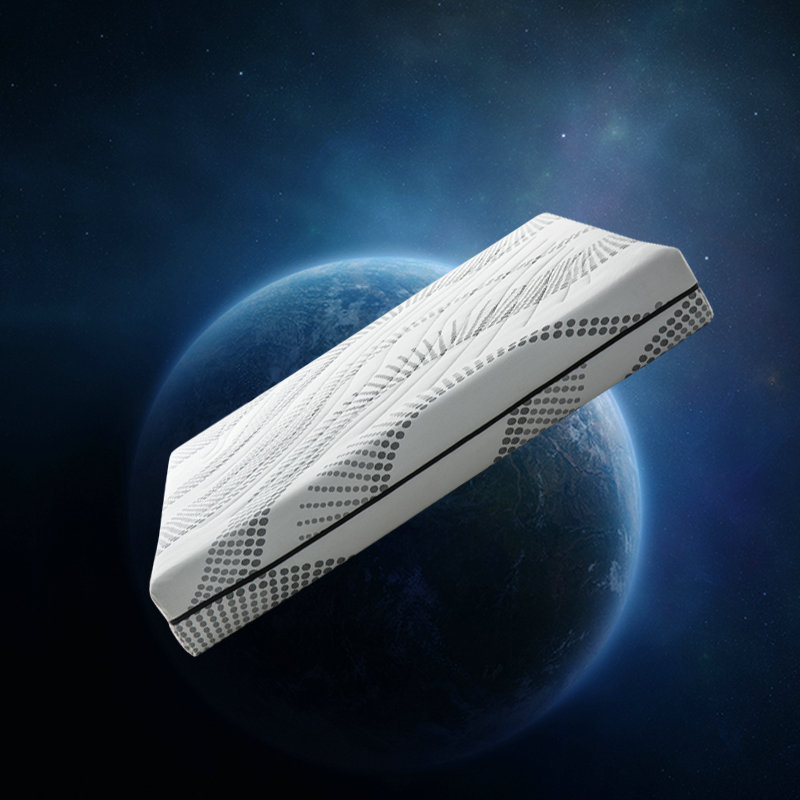Memory Foam Mattresses achieve motion isolation primarily through their viscoelastic properties and construction. The specific functions that enable motion isolation in memory foam mattresses are as follows:
1. Localized Response:Memory foam responds to pressure and heat in a localized manner. This means that only the area where pressure is applied will deform and absorb the energy, while the surrounding areas remain relatively undisturbed.
2. Energy Absorption: As a person moves on the memory foam mattress, the foam quickly absorbs the energy generated by the motion. This prevents the energy from spreading across the surface of the mattress and causing disturbances to other parts of the bed.
3. Minimal Transfer of Motion:The energy absorption characteristic of memory foam leads to minimal transfer of motion across the mattress. When one person moves or shifts positions, the motion is mostly confined to the immediate area where the movement occurs.

4. Reduced Partner Disturbance: The ability of memory foam to isolate motion effectively means that any movements made by one person on the mattress are less likely to be felt by the other person sleeping beside them. This reduced transfer of motion creates a more restful sleep environment for both individuals.
5. No Bounce: Unlike traditional innerspring mattresses, memory foam mattresses have little to no bounce. The lack of bounce further contributes to motion isolation, as energy is not transferred through spring coils.
Motion isolation is particularly advantageous for couples who have different sleep schedules or those who are sensitive to their partner's movements during the night. With minimal motion transfer, individuals can sleep more soundly without disruptions, leading to a better quality of sleep overall.











